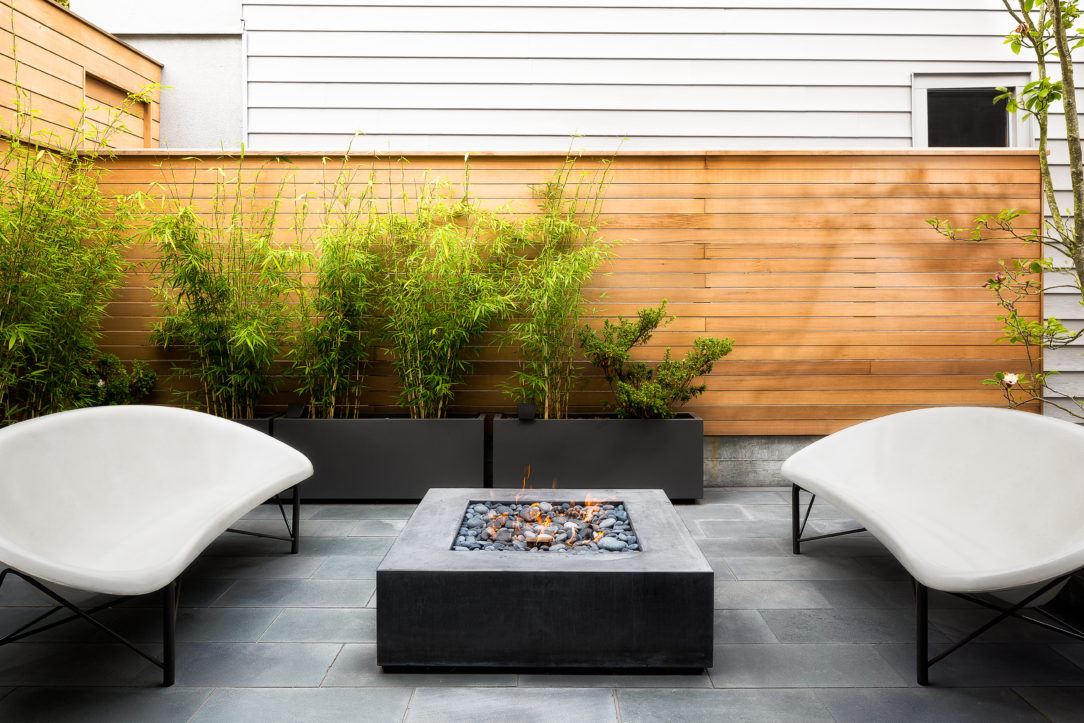The Mediterranean home located in Palo Alto’s Midtown neighborhood sat on the market for more than a year with only four viewings and no offers—during one of the hottest markets in the area’s real estate history. “It wasn’t selling because no one wants that style,” says Pacific Union International agent Rebecca Hoffman. “My designer friend told me: You need to start over.”
Those five daunting words launched a full-on interior-exterior face-lift that transformed the traditional home into a modern lover’s dream house catering to Silicon Valley’s most active buyer: young working professionals.
A new report from Luxury Portfolio International, “The Rise of the New Aristocracy,” found that the majority of U.S. homebuyers seeking $1 million-plus homes are 25 to 49 years old, with increased growth among those at the younger end. Credit in part goes to new legislation that favors wealthy families, inherited wealth and a post-recession economic boom. According to the report, the new luxury homebuyer looks like this: 37 years old, married with young children and working in secure careers.
“The vast majority of my buyers are in their early 40s-and-under today,” says Justin Fichelson, known for his role on Bravo’s TV’s Million Dollar Listing San Francisco. “They’re young; they’re in tech; and they want to be close to where they work.”
Sandeep and Trishia Milar moved from Brooklyn, N.Y., to San Mateo County with two young children in tow when Sandeep landed a job with a financial tech company. Last April, the couple purchased a 1958 Eichler from its original owners in the unincorporated Highlands area, which offered quality schools, a community rec center and easy access to Interstate 280. “I wanted to stay close to the office,” says Sandeep. “We looked around at Eichler neighborhoods in Menlo Park, Palo Alto, Belmont and San Mateo. School was a big factor, but also the neighborhood and the community.”
According to the report, buyers like the Milars have begun powering the $1 million-plus real estate market, more so than those who are 50 and over—essentially shifting the demographic that historically has driven the high-end real estate market.
“From a timing perspective, this is the first time that this age group has accumulated enough capital to be able to purchase their first home,” says Rachel King of Golden Gate Sotheby’s International Realty in Menlo Park. “They’re coming out of school debt. They’re ready to get settled. That’s especially the case in Silicon Valley, where we have high-paying tech jobs.”
Nearly a quarter of those 49 and under in the national study sought 20,000 square feet or more (another quarter were in the 5,000- to 7,500-square-foot range). “Wealth that’s been created has been created so fast that these folks really never experienced a midlevel luxury home,” says Sotheby’s agent Arthur Sharif of his Silicon Valley clients. “They’re going from a $750,000 town home/condo to a $5 million to $6 million home.” Sales of luxury homes in the $3 million-plus range took a 42 percent leap this spring over last in the valley, where square footage comes at a premium. In March, MLS listings showed that Sunnyvale broke a record for highest per-square-foot price in city history: an 848-square-foot home that sold for $2 million in two days.
While those 50 and over still dominate overall luxury spending, their real estate plans focus on downsizing and economizing as their nests empty and retirement looms. “They are generally moving out to places like the Pacific Northwest or Texas or even Sacramento,” says Sharif. Today, the largest age demographic in Silicon Valley falls in the 20 to 39 range. “People in their mid-30s and early 40s with young kids are starting to move in, and that’s good for us because we have people to hang out with,” says Sandeep of a changing San Mateo.
Secondary markets like San Mateo, San Carlos and Redwood City, Sharif adds, have become more popular because of affordability. “So much so that they’re not considered secondary markets anymore,” he says. Five ZIP codes with the most equity-rich properties are Bay Area-based, with San Jose holding the highest share in the nation. The appeal? “There’s a lot of energy, a lot of momentum, a lot of optimism here. Everyone has the next great idea,” says Sharif. The valley’s mild weather doesn’t hurt either.
According to the Luxury Portfolio report, millennial and young Gen X buyers are looking for outdoor living, smart and sustainable features, and conversation-worthy entertaining spaces. The iconic Eichler atrium was a huge selling point for the Milars. “We entertain quite a bit, so the atrium provided another indoor-outdoor entertainment area,” adds Sandeep.
Architect Stephen Verner has made a living designing modern and reimagining Victorian homes for the 21st-century family. (Victorian and modern homes topped the list for architectural style favored among the 49-and-under buyer). “We’re taking old Victorians and punching out walls to try to create larger spaces,” he says. There is a willingness to think outside the box down south more so than in San Francisco, where regulatory standards can tamper creative ideas. “We’re able to push the envelope a little more with our clients in Silicon Valley,” he says. “There is an inherent trust, understanding and comfort with home tech.”
French-inspired mansions have given way to ultramodern homes with open floor plans and indoor-outdoor living, says Fichelson. “Younger buyers expect a certain level of technology built into the home. They want to be able to control their security, lighting, music—you name it—from their mobile phone.”
That’s not to say that the more sophisticated buyer doesn’t prioritize smart features, they just don’t view them as essential. Hoffman says that, in general, her 50-and-over clients are done cooking at home, so a high-tech kitchen isn’t high on the priority list, and they prefer to travel over maintaining a garden. Case in point: a 1,500-square-foot pied-a-terre she recently sold to clients who made the transition from a small apartment to a luxury home and back again. “The wife turns to her husband and says, ‘This is so much fun. It feels like we’re newlyweds again!”
Millennials and younger Gen Xers, on the other hand, are entering the newlywed stage and growing their nests. Still, more than half prefer urban areas, which is why Silicon Valley’s more walkable neighborhoods with thriving restaurant scenes offer the best of both city and suburban life—and frees them from one of the country’s worst commutes.
Originally published in Silicon Valley Magazine (Oct 2018)

